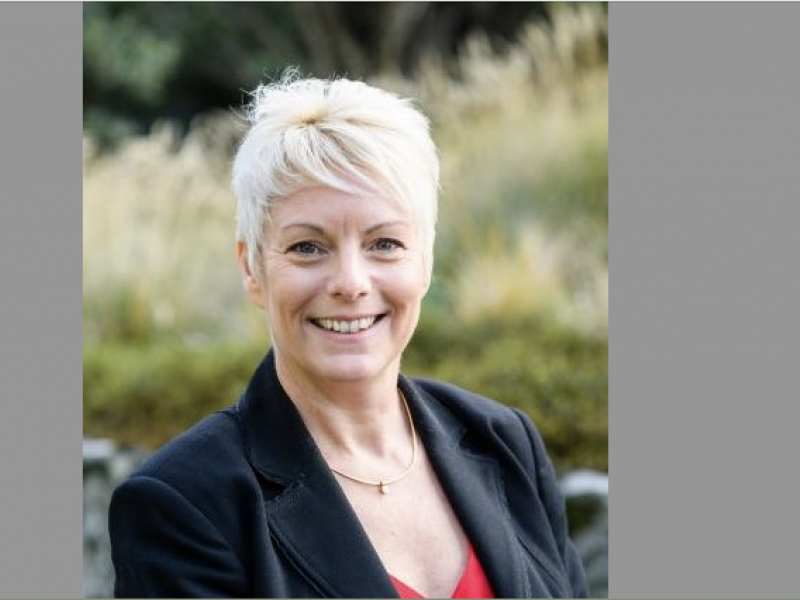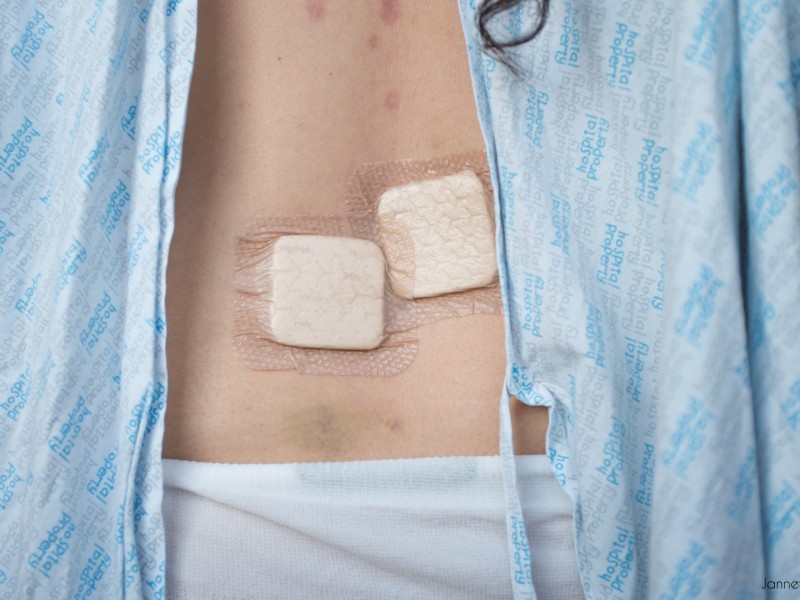"Watershed moment" - Government's commitment to developing a national rare disorders strategy
Davina Zimmer
In June last year the Minister of Health announced a rare disorder strategy, with a list of 7 priorities would finally be developed.


“Some people didn’t take me seriously, and they just started giving me antibiotics and other people just didn’t believe me that it was something more sinister than a little blister.”
“For many people they feel invisible and lost in the system.”

